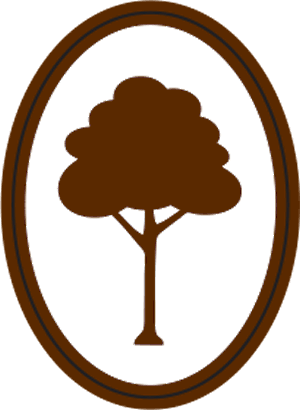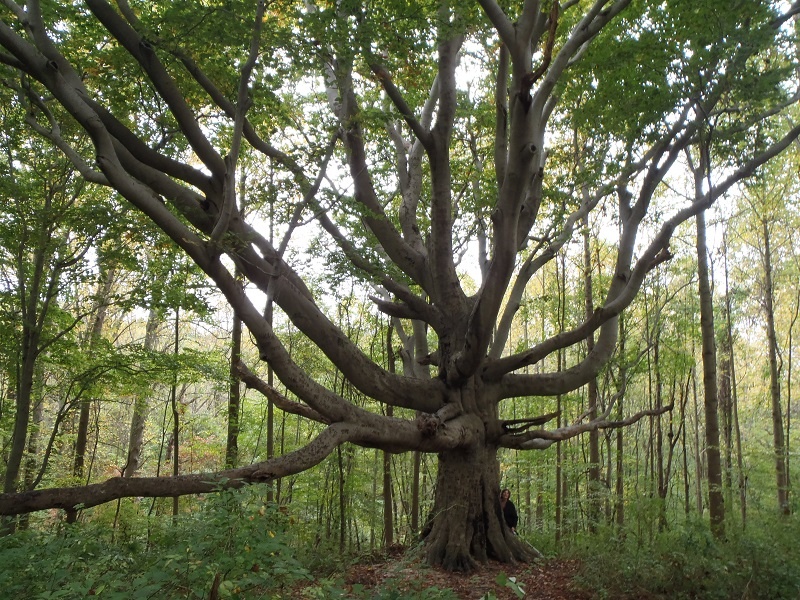Complete at least Requirements 1-4 and one other.
| 1. | Identify two different groups of trees and the parts of a tree. |
| 2. | Identify four trees common to the area where you live. Tell whether they are native to your area. Tell how both wildlife and humans use them. |
| 3. | Identify four plants common to the area where you live. Tell which animals use them and for what purpose. |
| 4. | Develop a plan to care for and then plant at least one plant or tree, either indoors in a pot or outdoors. Tell how this plant or tree helps the environment in which it is planted and what the plant or tree will be used for. |
| 5. | Make a list of items in your home that are made from wood and share it with your den. OR: With your den, take a walk and identify useful things made from wood. |
| 6. | Explain how the growth rings of a tree trunk tell its life story. Describe different types of tree bark and explain what the bark does for the tree. |
| 7. | Visit a nature center, nursery, tree farm, or park, and speak with someone knowledgeable about trees and plants that are native to your area. Explain how plants and trees are important to our ecosystem and how they improve our environment. |


